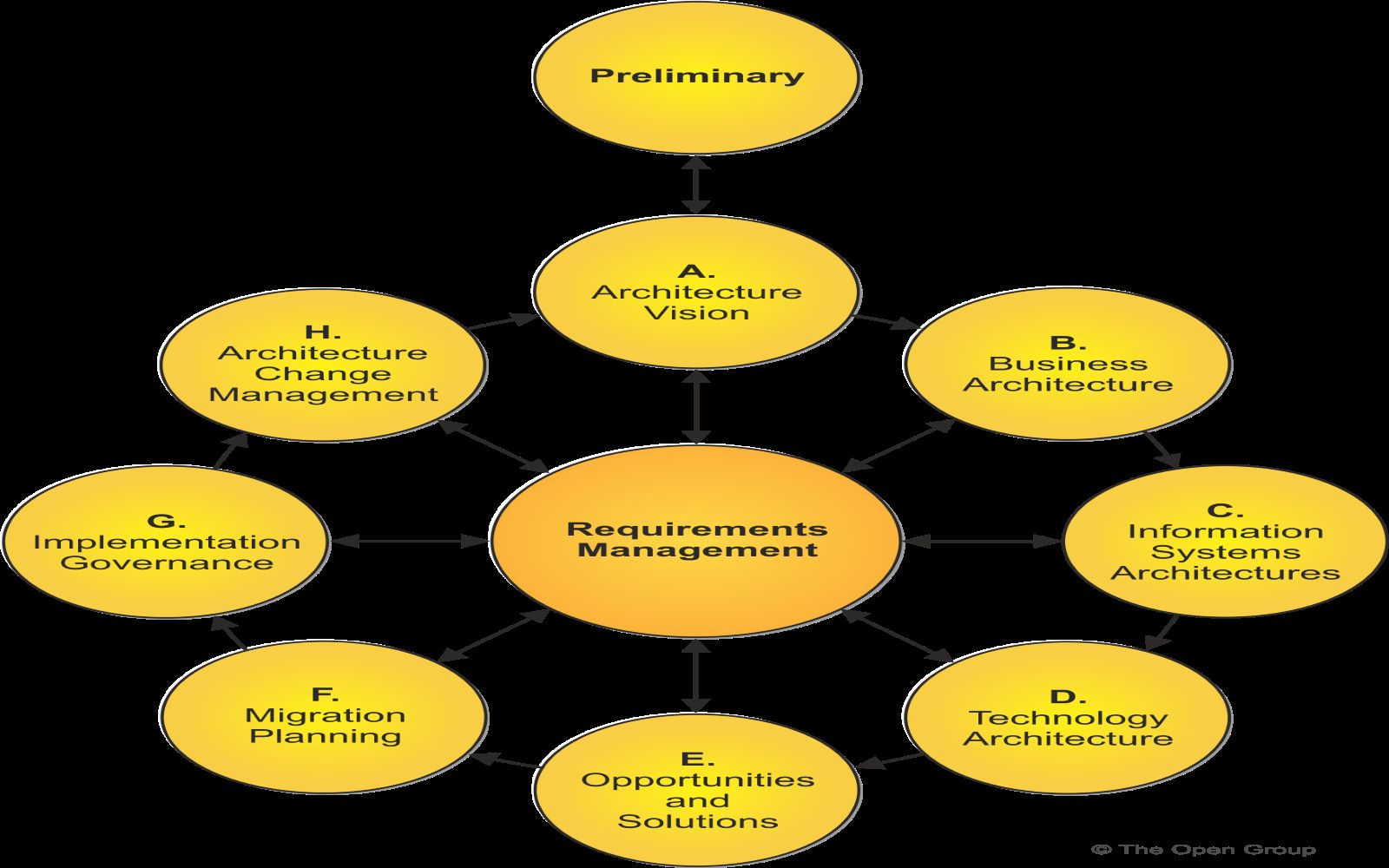TOGAF® is used to help organizations design an IT infrastructure that is adapted to meet their requirements. This is where trained TOGAF® professionals come in; they communicate with various department heads and help design and implement an IT strategy quickly and effectively
TOGAF helps organize the development process through a systematic approach aimed at reducing errors, maintaining timelines, staying on budget, and aligning IT with business units to produce quality results.
The framework is intended to help enterprises organize and address all critical business needs through four goals: Ensuring all users, from key stakeholders to team members, speak the same language.

The TOGAF® Standard, a standard of The Open Group, is a proven Enterprise Architecture methodology and framework used by the world's leading organizations to improve business efficiency.
TOGAF is a framework for enterprise architecture that provides an approach for designing, planning, implementing, and governing an enterprise information technology architecture.
TOGAF, an acronym for The Open Group Architecture Framework, is intended to be a standard way to design and implement architectures for very large computer systems. Today, 80% of Global 50 companies use TOGAF. To say it has a following is an understatement.
Good understanding of how to integrate architecture development with (IT) strategic planning, business strategies, solution design, IT development, implementation, and program/ project management through use of the ADM.
The two reference models provide a reasonable contextual basis for structuring and populating an enterprise-specific model
It offers numerous checklists which support IT governance in general, and architecture governance in particular.Techniques and artifacts that can be adapted to meet IT and architecture needs